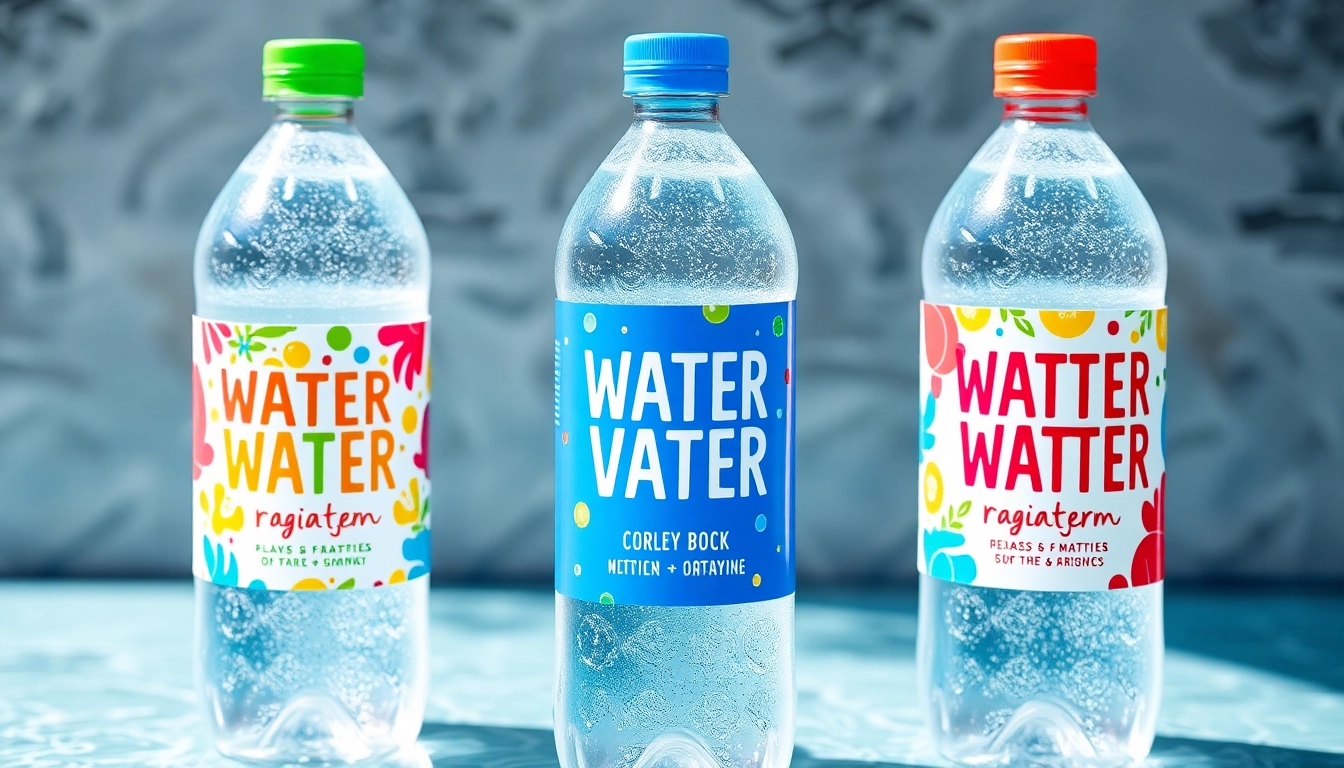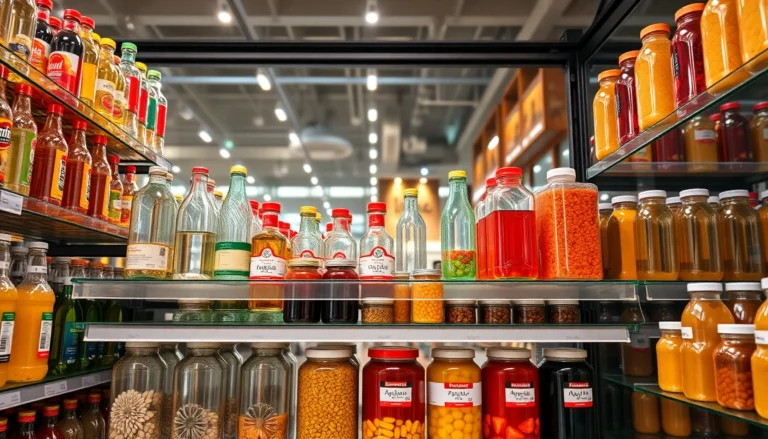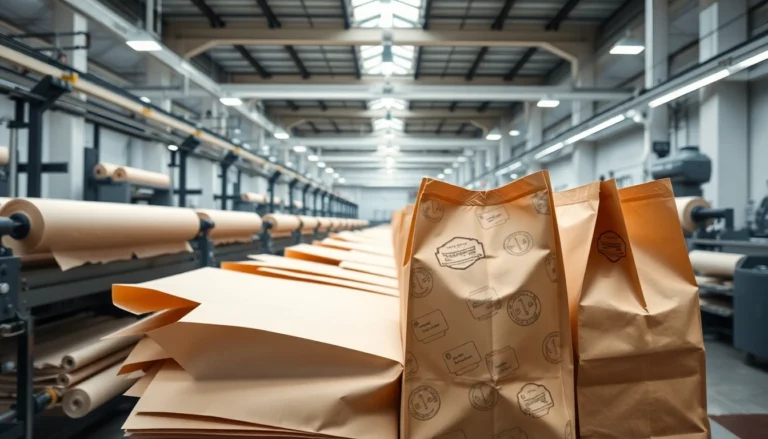Understanding the Importance of Custom Water Bottle Labels
In today’s competitive marketplace and vibrant event landscapes, branding and personalization have become essential elements of successful marketing strategies. Custom water bottle labels serve as a versatile and impactful tool to enhance brand visibility, create memorable experiences, and reinforce event themes. Whether you’re organizing a wedding, running a corporate promotion, or hosting a marathon, the right labels can elevate your water bottles from simple hydration tools to powerful branding assets.
When considering custom water bottle labels, it’s vital to understand their multifaceted role in branding and marketing. They are not merely decorative additions; they encapsulate your message, evoke emotions, and convey professionalism. Well-designed labels can foster a sense of cohesion, enhance perceived value, and leave a lasting impression on your audience. This comprehensive guide will explore why these labels are indispensable in current branding contexts, highlight their key features, and provide insights on effective application practices.
The Role of Labels in Branding and Marketing
Custom water bottle labels are much more than aesthetic enhancements—they are strategic marketing tools. In the realm of brand identity, labels act as mobile advertisements, traveling with your product and reaching audiences in diverse contexts. For events like weddings or corporate functions, they unify the visual theme, reinforce your branding, and serve as tangible reminders of the occasion.
Beyond branding, water bottle labels are pivotal in marketing campaigns because of their direct contact with consumers. Unlike static signage or digital ads, labels on water bottles are inherently personal and immediate. When used effectively, they can influence perceptions, foster brand loyalty, and generate word-of-mouth promotion. For instance, customized labels with branded logos and slogans can increase brand recall and recognition, especially when incorporated into social media photo opportunities or event photo walls.
Key Features of Effective Water Bottle Labels
Designing impactful water bottle labels requires consideration of several key features that determine their success. These include visual appeal, durability, clarity of messaging, and appropriateness for their intended use.
- Visual Appeal: Bold colors, eye-catching graphics, and modern typography grab attention. Successful labels reflect the brand’s personality and suit the event’s theme.
- Durability: Waterproof, weather-resistant materials ensure labels withstand moisture, handling, and environmental factors. This is crucial for outdoor events or prolonged displays.
- Clarity of Messaging: Concise, legible text that clearly communicates the key message—be it a brand name, tagline, or event info—is essential. Overcrowded designs diminish effectiveness.
- Material Choice: Depending on usage, labels may require high-quality vinyl, polyester, or paper stock with specific finishes like gloss or matte to enhance visual impact and longevity.
- Size and Shape: Labels should fit seamlessly onto bottles, considering various sizes and shapes, enhancing aesthetics without cluttering or obscuring the container.
Common Uses for Custom Labels at Events
Personalized water bottle labels have become ubiquitous in various event settings, each with specific objectives and design considerations.
Weddings and Receptions
Wedding water bottle labels are an elegant way to match the event’s theme and colors. Customized labels can feature names, wedding dates, or heartfelt messages, often printed on waterproof, self-adhesive materials to withstand handling and condensation.
Corporate Events and Promotions
In corporate settings, labels serve as portable marketing aids. They can display logos, slogans, or QR codes to encourage engagement. Custom labels add a professional touch and turn simple bottles into brand ambassadors.
Marathons and Sports Events
For athletic events, labels often include event branding, sponsor logos, and motivational messages. Durable, weatherproof labels maintain their quality even in outdoor conditions, reinforcing sponsor visibility.
Product Launches and Sampling Campaigns
Companies launching new beverage products or conducting sampling events often utilize custom labels to differentiate their products and attract attention amid competitive markets.
Designing Eye-Catching Custom Water Bottle Labels
Choosing the Right Colors and Graphics
Color psychology plays a vital role in effective label design. Vibrant, contrasting colors can attract attention, while subdued palettes convey elegance or serenity. For example, green hues evoke freshness, ideal for health-focused brands, whereas bright reds and yellows stimulate energy and excitement.
Graphics should align with your brand identity and event theme. High-resolution images, icons, or patterns can add visual interest. Incorporating subtle textures or background patterns can elevate the design, making it stand out on crowded tables or in photo frames.
Typography and Text Placement Strategies
Typography must balance brand personality with readability. Use clean, legible fonts, avoiding overly decorative styles that hinder comprehension. Hierarchical text placement—larger fonts for the main message and smaller for details—ensures clarity.
Strategic placement of text—such as centering key information or positioning it along natural bottle curves—can enhance visual harmony and ensure important details are prominent.
Incorporating Branding Elements for Consistency
Consistency across all visual elements reinforces brand recognition. Incorporate logos, color schemes, and taglines consistently. For multi-event branding, develop templates that maintain uniformity yet allow customization for specific occasions.
Use brand style guides to ensure font choices, color palettes, and graphic styles align with your overall branding strategy, creating a cohesive visual identity from labels to other marketing collateral.
Materials and Printing Techniques for Durable Labels
Waterproof and Weather-Resistant Material Options
Durability is paramount, especially for outdoor or event scenarios involving moisture. Common waterproof materials include vinyl, polyester, and certain high-quality paper stocks coated with waterproof laminates.
Vinyl labels are highly resistant to water, tearing, and UV rays, making them ideal for prolonged outdoor use. Polyester offers similar resistance with added flexibility, while waterproof paper with lamination provides a cost-effective option for short-term needs.
Printable Technologies and Finishes
Advances in digital and offset printing have broadened options for vibrant, high-resolution labels. UV coatings, matte or gloss finishes, and holographic details add visual interest and durability.
Embossing, foil stamping, or embossing can introduce tactile elements, enhancing perceived quality. For instance, foil accents on logos or borders can create a premium appearance suited for weddings or luxury branding.
Cost-Effective Solutions for Large Orders
Bulk printing reduces per-unit costs. Digital printing allows for quick turnaround and customization, while screen printing or offset methods can be economical for very large quantities. Consideration of material choice and finish options will impact budget and quality balance.
Implementation and Packaging Best Practices
Preparing Your Files for Print
Effective file preparation is crucial. Use high-resolution images (at least 300 dpi), and adhere to the printing company’s specifications regarding color modes (typically CMYK), bleed areas, and safe margins.
Design files should be vector-based for logos and graphics to ensure sharpness at various sizes. Confirm font embedding or outlines to prevent font substitutions. Create mockups to visualize the final product before approval.
Application Tips for Achieving a Flawless Finish
Proper application techniques prevent bubbles, wrinkles, or misalignment. Clean and dry bottles thoroughly before application. Use a squeegee or credit card to smooth out the label from center to edges, removing air pockets.
Such attention to detail ensures a professional appearance and optimal adhesive performance. For curved bottles, custom-shaped labels or flexible materials can facilitate better fit and adhesion.
Maintaining and Reusing Labels for Multiple Events
If reusable, store labels flat in a cool, dry place away from direct sunlight. Use removable adhesive options if possible, allowing for clean removal without residue. For repeated use, consider labels with specialized adhesive formulas designed for easy repositioning.
Measuring Success and Optimization
Gathering Feedback from Recipients
Post-event surveys or social media monitoring can gauge reactions to your labels. Questions about visibility, aesthetic appeal, and perceived branding impact help refine future designs.
Adjusting Designs Based on Performance
Analyze feedback to identify what resonated most—colors, messages, or materials—and implement changes accordingly. For instance, if labels fade under sunlight, opt for UV-resistant finishes or different materials.
Case Studies of Successful Branding Campaigns
Numerous brands have leveraged custom labels to enhance event engagement. For example, a wellness company used themed labels with QR codes at marathons, resulting in increased website traffic and brand awareness. Another example includes a wedding where personalized labels created a consistent aesthetic, remembered vividly by attendees and shared extensively on social platforms.







